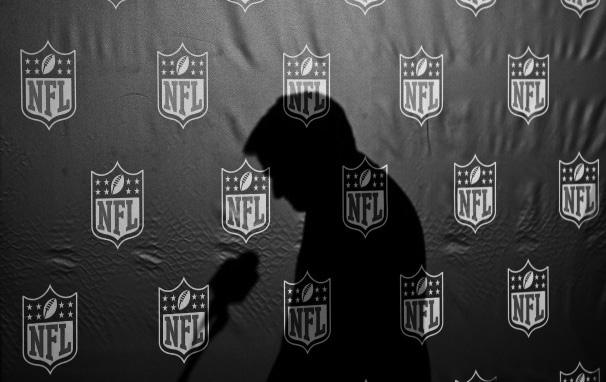Last month, the NFL reached a $765 million settlement with retired players over concussion-related brain injuries. The settlement will be used to compensate retired players and their families who have suffered from serious diseases such as Amyotrophic lateral sclerosis, Parkinson’s, Alzheimer’s, dementia, Chronic Traumatic Encephelopathy, depression, and other cognitive diseases.
Despite reaching a settlement, one of the principal terms in the agreement addresses the issue of blame for the post-retirement fallout..
“The agreement cannot be considered an admission by the NFL of liability, or an admission that plaintiffs’ injuries were caused by football,” stated the NFL.
The league has taken a firm stance; they want players to take their money and move on, essentially attempting to sweep the entire issue under the rug. The NFL will be content as long as nothing changes the game that generated over $9 billion in revenue last year.
Commissioner Roger Goodell has set a precedent with this landmark ruling to a problem that isn’t isolated within just the NFL. The NHL and the NCAA both face similar issues about player safety.
While the NFL may seem like the villain, it is unfair to place all the blame on the league. Football will always be a dangerous game due to the violent nature of the sport. If all body contact was removed, the sport would effectively be a shell of its former self, and its entertainment value would plummet. Such a scenario would almost certainly cause the league to fold.
However, NFL should take responsibility of its players. Neurological research should be at the top of the agenda to ensure that franchises are equipped with the knowledge to diagnose and treat concussions, thus preventing them.
The NFL must also decree a mandate to teams that any behavior risking the safety of athletes will not be tolerated. There have been admissions from front offices that organizations have repeatedly ignored advice from team physicians to rest players.
Going forward, the onus falls almost entirely on the players. The NFLPA has evidence that the physicality of the game puts athletes at an extremely elevated risk of suffering from cognitive impairment. It is thus up to the players to decide whether playing football—and the money and the fame that can come with it—are worth the risk.
For most players, the decision to continue playing will be a ‘no brainer.’ Many professional football players come from less fortunate backgrounds. For them, the chance to line up on Sundays affords them the opportunity to make sure their families are provided for, and that the vicious cycle of poverty can be broken. Others may choose to ontinue playing the sport that they love or use it as a gateway to living a lavish lifestyle.
Elite student-athletes in college and in high school face the most difficult decision of all. These players have invested time and effort toward their craft, oftentimes at the expense of academics. For most of them, school is just an opportunity to play football. Their choice is whether to take the dream job with a high risk of injury, or to abandon that plan for the rest of their life.
Parents of young children also are confronted with an increasingly grim dilemma. Should they allow their children to play football? The United States’ most powerful parent, President Barack Obama, said that if he had a son, he would be wary of allowing him to play football, given the detrimental impact the game has been proven to have.
Simply put, the players will keep on playing. By putting a price tag on the health and well-being of its employees, the NFL is trying to solve a problem that will never truly go away.









